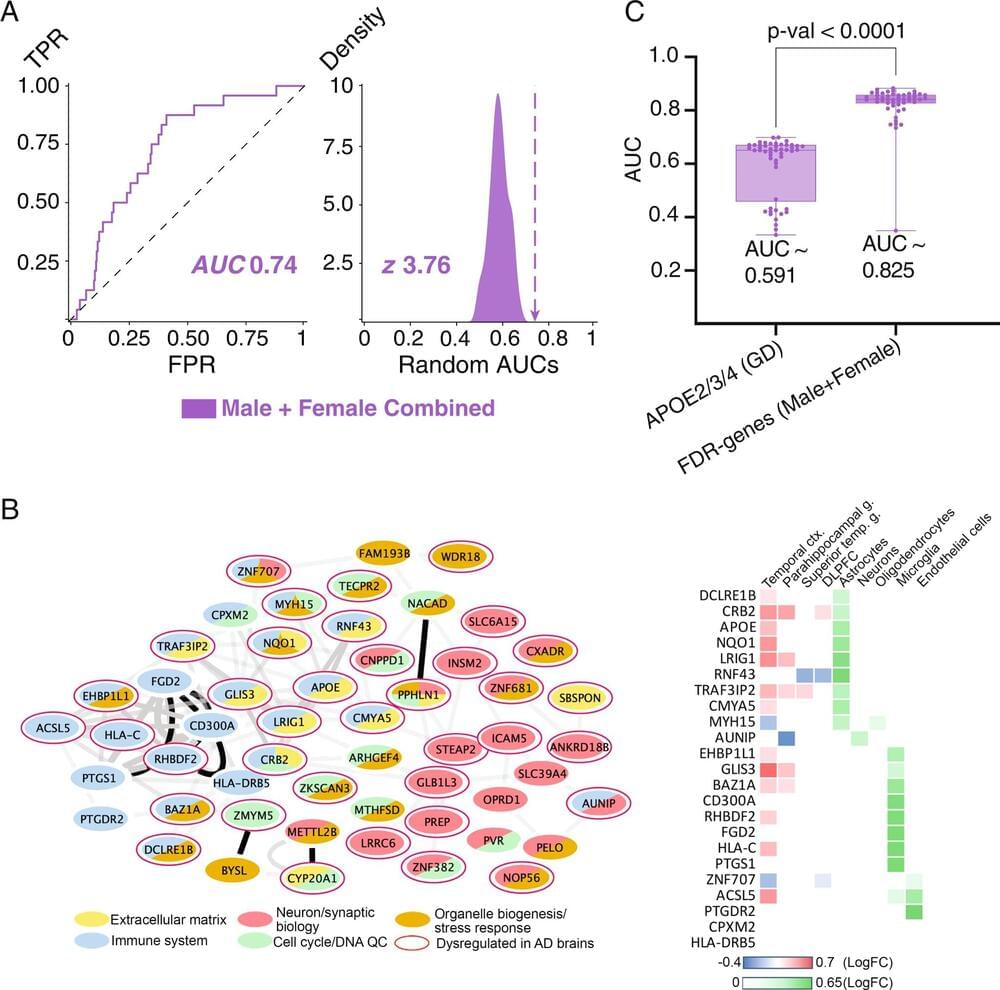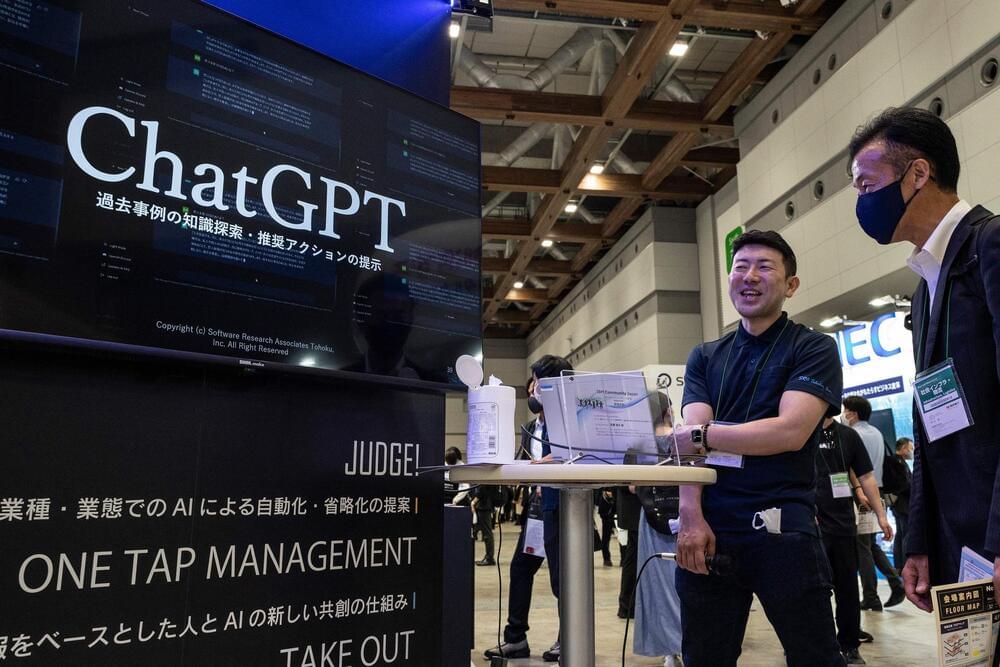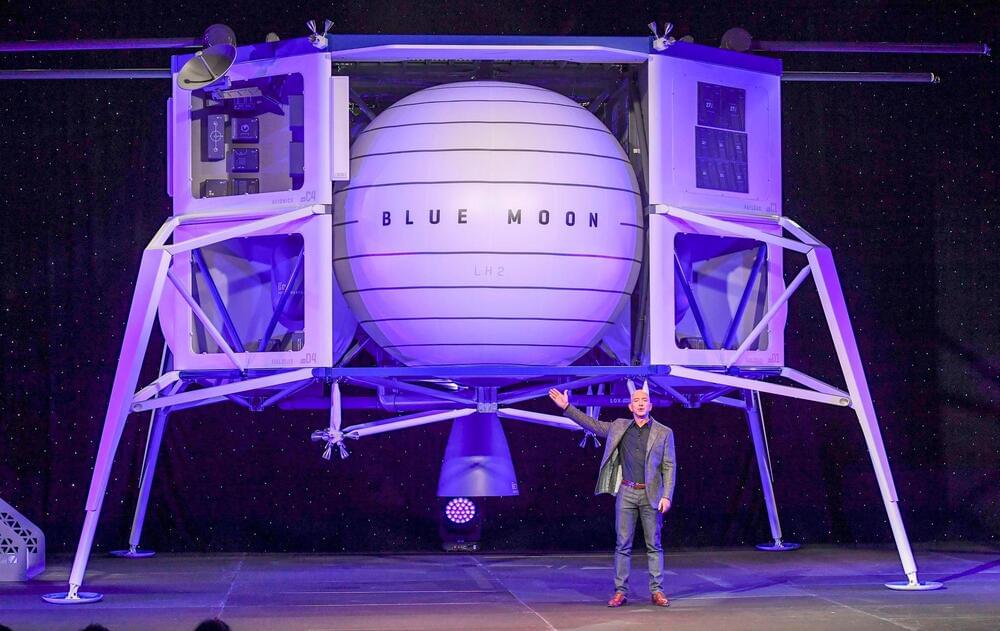A new genetic analysis of 290 people suggests that humans emerged at various times and places in Africa.


Year 2021
The new composite glass could be shatter-resistant.

Researchers at Stanford University have developed digital skin that can convert sensations such as heat and pressure to electrical signals that can be read by electrodes implanted in the human brain.
Although such capability was developed years earlier, the components required at that time to convert digital signals were rigid and unwieldy.
This new e-skin is soft as, well, skin. The conversion elements are seamlessly incorporated within the skin, which measures a few tens of nanometers thick.

Alzheimer’s disease (AD) is a complex neurodegenerative illness with genetic and environmental origins. Females experience faster cognitive decline and cerebral atrophy than males, while males have greater mortality rates. Using a new machine-learning method they developed called “Evolutionary Action Machine Learning (EAML),” researchers at Baylor College of Medicine and the Jan and Dan Duncan Neurological Research Institute (Duncan NRI) at Texas Children’s Hospital have discovered sex-specific genes and molecular pathways that contribute to the development and progression of this condition. The study was published in Nature Communications.
“We have developed a unique machine-learning software that uses an advanced computational predictive metric called the evolutionary action (EA) score as a feature to identify genetic factors that influence AD risk separately in males and females,” Dr. Olivier Lichtarge, MD, Ph.D., professor of biochemistry and molecular biology at Baylor College of Medicine, said. “This approach lets us exploit a massive amount of evolutionary data efficiently, so we can now probe with greater accuracy smaller cohorts and identify genes involved in sex-specific differences in AD.”
EAML is an ensemble computational approach that includes nine machine learning algorithms to analyze the functional impact of non-synonymous coding variants, defined as DNA mutations that affect the structure and function of the resulting protein, and estimates their deleterious effect on biological processes using the evolutionary action (EA) score.
In this keynote and Q&A, Yuval Noah Harari summarizes and speculates on ‘AI and the future of humanity’.
There are a number of questions related to this discussion, including:
In what ways will AI affect how we shape culture?
What threat is posed to humanity when AI masters human intimacy?

SpaceX is already testing tech that could strengthen the ground beneath its giant Starship rocket’s orbital launch pad, a new video shows.
That pad, at SpaceX’s Starbase facility in South Texas, took a beating during the first-ever test flight of a fully stacked Starship vehicle — the most powerful rocket ever built — on April 20.

Our technological age is witnessing a breakthrough that has existential implications and risks. The innovative behemoth, ChatGPT, created by OpenAI, is ushering us inexorably into an AI economy where machines can spin human-like text, spark deep conversations and unleash unparalleled potential. However, this bold new frontier has its challenges. Security, privacy, data ownership and ethical considerations are complex issues that we must address, as they are no longer just hypothetical but a reality knocking at our door.
The G7, composed of the world’s seven most advanced economies, has recognized the urgency of addressing the impact of AI.
To understand how countries may approach AI, we need to examine a few critical aspects.
Clear regulations and guidelines for generative AI: To ensure the responsible and safe use of generative AI, it’s crucial to have a comprehensive regulatory framework that covers privacy, security and ethics. This framework will provide clear guidance for both developers and users of AI technology.
Public engagement: It’s important to involve different viewpoints in policy discussions about AI, as these decisions affect society as a whole. To achieve this, public consultations or conversations with the general public about generative AI can be helpful.

NASA on Friday announced the second spacecraft it hopes will help return astronauts to the surface of the moon later this decade. Blue Origin’s Blue Moon lander joins the SpaceX Starship as the two vehicles the space agency aims to use for its Artemis program to once again put boots on lunar regolith.
Over a half-century after NASA used a massive investment of US GDP to fund the Apollo program and build the Saturn V rocket, humanity’s next chapter in space is largely in the hands of two of the richest men in the world, SpaceX founder and chief twit Elon Musk and Amazon and Blue Origin head Jeff Bezos.
The shift in the provenance of Apollo’s mission architecture versus that of Artemis is, at the very least, a symbolic representation of a key shift in American society over the last few generations. Hot off the heels of successful collective action in Europe and elsewhere during World War II, the Americans again came together to catch up to — and then surpass — the Soviet Union in the space race.

NASA could take advantage of a rare planetary alignment in 2033 to send the first crewed mission to orbit Mars and, on the way back, Venus. The short trip—which would be the first interplanetary crew ever—could be a pathfinder mission for the first crewed landing on the red planet in 2037.
It’s “the best time to go to Mars in the next 25 years,” said Matt Duggan, mission management and operations manager at Boeing, addressing the 2023 Humans To Mars Summit on Wednesday at the National Academy of Sciences Building in Washington D.C. “That’s in terms of the amount of energy and fuel you have to spend to get to Mars—it’s a unique opportunity that comes around once every 15 years.”
A mission plan to send crew in existing spacecraft on a 570-day return trip to orbit Mars and Venus will only work every 15 years—and the next opportunity is 2033.

That is, if you’re paying attention.
So Apple has restricted the use of OpenAI’s ChatGPT and Microsoft’s Copilot, The Wall Street Journal.
It’s not just Apple, but also Samsung and Verizon in the tech world and a who’s who of banks (Bank of America, Citi, Deutsche Bank, Goldman, Wells Fargo, and JPMorgan). This is because of the possibility of confidential data escaping; in any event, ChatGPT’s privacy policy explicitly says your prompts can be used to train its models unless you opt out. The fear of leaks isn’t unfounded: in March, a bug in ChatGPT revealed data from other users.
Apple’s banned the use of OpenAI — as has Samsung, Verizon, and a who’s who of banks. Should the rest of us be concerned about how our data’s getting used?